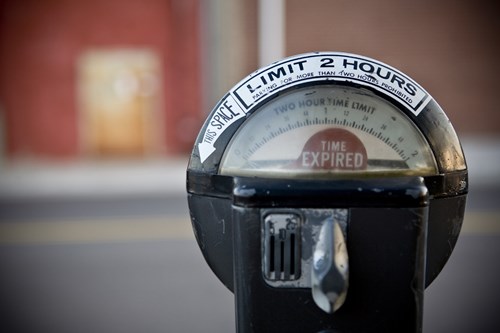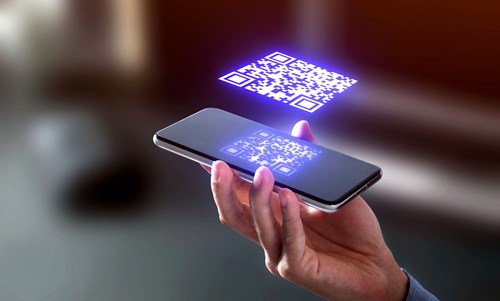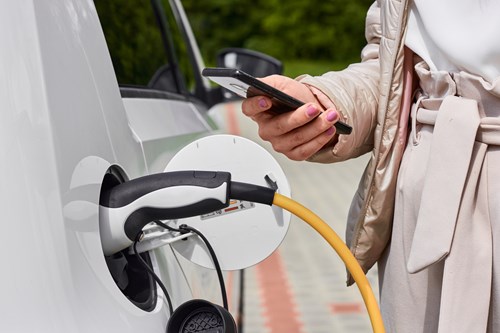
Once upon a time paying for parking was as simple as fishing loose change out of your pocket and posting it coin by coin into a meter. Over time, as parking technology has developed, as consumer habits have changed, and as parking itself has assimilated into the wider mobility ecosystem, parking payment solutions have needed to adapt to keep pace. Versatility is key to their success as they must integrate with a range of parking solutions, offer a variety of payment methods and support a host of mobility services and add-ons.
Tackling Technology
Gone are the days of the humble park-o-meter, now there is an incredible array of hardware dedicated to parking payment, from in-lane devices to pay-on-foot machines and everything in between. With such a range of hardware available, payment solutions need to easily integrate with the full range of devices that a facility has chosen to install.

To further complicate matters, parking operators often inherit different makes and models when they acquire new facilities, so payment solutions must work across these various devices. Moreover, operators often manage facilities in several countries where currencies, languages, and preferred payment methods differ. Some countries, for example, are still more reliant on cash than contactless payment options. And so payment solutions must adapt to all of these specific requirements.
Creating Convenient Contactless Payment
In recent years the shift in consumer habits towards contactless payment has truly accelerated. Helped along by the Covid-19 pandemic and the desire of parking operators to improve the customer experience, contactless payment has become the norm.
This movement toward contactless payment has led parking facilities to overhaul their hardware and technology. At the very least, consumers now expect unattended machines and contactless payment, but the ability to drive straight through and pay via their mobile or in-car is becoming the preferred option. This means that parking facilities need to work with license plate recognition, mobile payment app providers, and automakers to provide convenient payment solutions.

Even mobile parking payment is shifting away from apps that burden users with the added hassle of downloading the app and creating accounts. Instead, we are seeing a return to pay by phone solutions, such as SMS or QR codes, as well as parking reservations which can be settled online in advance or via a subscription.
And of course, there are still drivers who want to pay with cash, who do not have a contactless-enabled card, or whose daily limit has been exceeded. So until these methods of payment become defunct and the challenges with contactless payment are overcome, parking operators must provide various payment solutions for these circumstances.
Merging with Mobility
As the parking industry assimilates with the wider mobility ecosystem, parking payment needs to become inclusive of many more services. Now that electric vehicles are becoming more widely adopted, drivers will expect to be able to pay for parking and EV charging simultaneously. Travelers will want to pre-book their parking and auxiliary products, such as security fast-track and lounge passes, at the same time. And, as parking facilities transform into mobility hubs, drivers will want to seamlessly transfer from their car to public transport or last-mile solutions.

Combining these services with as few payment points enhances the customer journey and helps the parking industry fit seamlessly into the wider urban ecosystem.
What Does the Future Hold?
It is clear that parking payment solutions have come a long way since the introduction of the first park-o-meter. Changing consumer habits and developments in the wider mobility ecosystem have certainly accelerated the evolution of parking payment technology, and will continue to do so in the coming years. Of course, it is not possible to predict exactly how the face of parking payments will change but it is likely that the trend toward contactless will continue to reduce physical interaction between drivers and parking facilities. Reluctance to download apps or even use smartphones for payment may well grow, and so parking payment solutions will need to integrate directly with car infotainment units to keep ahead of the contactless trend.



